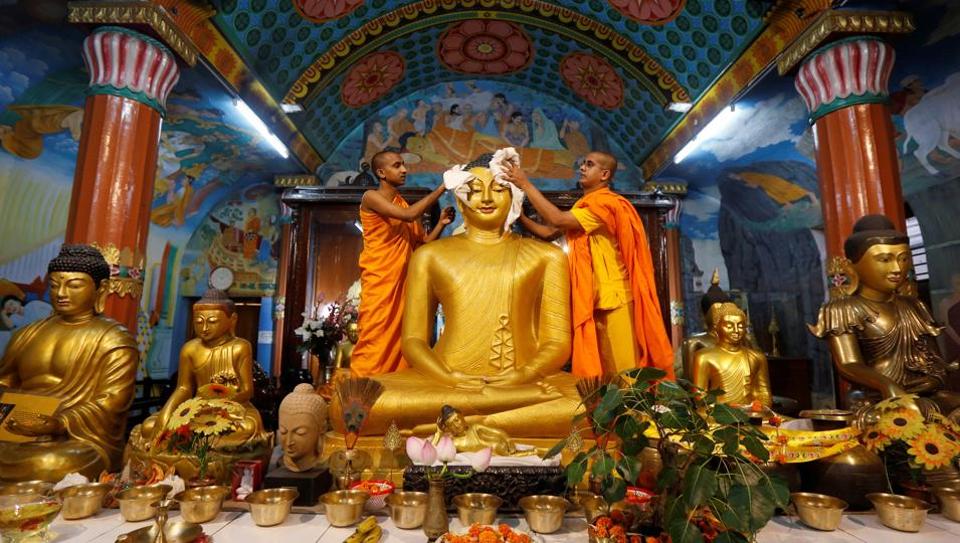
Buddhism, one of the major world religions, originated in India around the 6th century BCE with the teachings of Siddhartha Gautama, known as the Buddha. Though it has declined in its home country, Buddhism continues to be a significant global religion with a profound impact on Indian culture and spirituality.
The Four Noble Truths: Central to Buddhism, these truths address the nature of suffering (dukkha), its causes, cessation, and the path to end suffering.
The Eightfold Path: It constitutes the practical guidelines for leading a life that leads to the cessation of suffering. It includes principles like right understanding, intention, speech, action, livelihood, effort, mindfulness, and concentration.
Life of the Buddha: Siddhartha Gautama, born in Lumbini (in present-day Nepal), renounced his princely life and attained enlightenment in Bodh Gaya. He then traveled and preached his teachings across northern India.
Mauryan Empire: Under the patronage of Emperor Ashoka in the 3rd century BCE, Buddhism spread across the Indian subcontinent and beyond. Ashoka's inscriptions and edicts propagated Buddhist principles and ethical conduct.
Bodh Gaya: The Mahabodhi Temple marks the site where the Buddha attained enlightenment. It remains one of the most sacred places for Buddhists worldwide.
Sarnath: The deer park in Sarnath is where the Buddha delivered his first sermon, setting in motion the Wheel of Dharma.
Ajanta and Ellora Caves: These UNESCO World Heritage Sites house ancient rock-cut Buddhist monasteries, stupas, and sculptures.
Decline in India: Over the centuries, due to various reasons such as Hindu revivalism, invasions, and changes in patronage, Buddhism declined in its home country.
Revival and Global Spread: However, Buddhism continued to flourish in other parts of Asia, such as Sri Lanka, Thailand, Japan, China, and Tibet. In recent decades, there's been a renewed interest in Buddhism in India, with followers and pilgrims visiting key sites.
Buddhism's impact on Indian culture, spirituality, and global philosophy remains significant, even though its presence within India has diminished over time. The teachings of the Buddha continue to inspire millions worldwide seeking spiritual insight, inner peace, and enlightenment.
Thank you.
